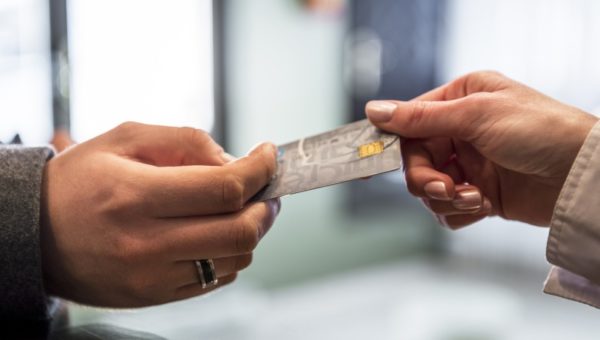A California-based auto insurance provider bets that pay-per-mile insurance is the future of buying car insurance. The company started out on the West coast, then expanded into a few additional urban markets across the country. Younger drivers in urban areas were targeted using primarily digital marketing. City dwellers drive substantially less miles per year than the average, so the value proposition is clear: pay only for the miles you’re driving and save up to 50%.
The problem:
Customer growth came through market expansion. But soon after entering a new market growth would stall again. They needed a more scalable way to reach their target audience without spending wasteful amounts on mass media.
The experiment:
We landed on a multi-cell, multi-channel test plan that would incorporate email, social, online display and direct mail using look-alike modeling to generate the target audience. Initially the client thought direct mail wouldn’t work due to their youthful customer profile, but decided to test anyway.
MineTrove developed the look-alike model using a snapshot of current customers, commissioned the creative development with a partner agency, and executed the multi-channel test through a network of activation partners.
The result:
Sales beat expectation by 65%.
The test resulted in a cost per sale that was 40% below target. In fact, one cell in the test came in at less than half the target acquisition cost, even beating long-term rollout expectations which assumed further improvements such as creative optimization, improved targeting and cost reductions over time.
We had some surprising findings as well:
- Inbound calls from this test (tracked using unique phone numbers) had a 29% abandon rate due to high wait times, reflecting the surge in demand that could not be processed quickly enough in their call center. Normal abandon rates would be 3-8%. Improved staffing would dramatically improve results above what we observed.
- Sending two direct mail offers to the same prospect during the test window improved response rates 62% vs sending just one, which was not enough improvement to overcome the additional marketing cost.
- The email open rate was only 1%, and 10% of opens clicked, which was insignificant. Third-party opt-in email lists notoriously underperform due to low open rates, which is what we experienced as well. Our experience is that email serves better as a follow-up channel during retargeting efforts.
- As expected, the best result came from the test cell which included all marketing channels (email, Facebook, display, direct mail). Interestingly, this cell performed the best not because it was the most responsive, but because it had the highest purchase rates (indicating that the additional exposure improved brand consideration).
After the test, the company continued using direct mail in their media mix and made staffing changes to accommodate more inbound call volume. It goes to show that even though their target audience is youthful, digital-only marketing programs lacked the reach, targeting capabilities, and heavy, condensed-timeline impression load available through a well-constructed multi-channel program.






